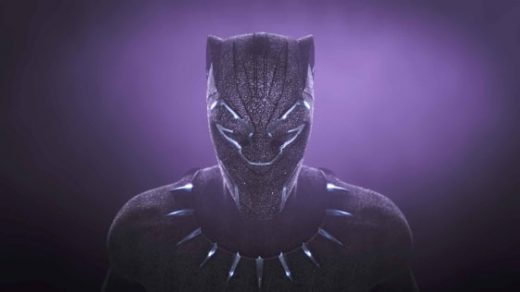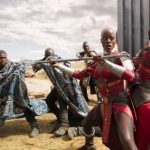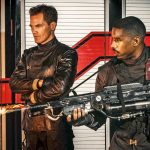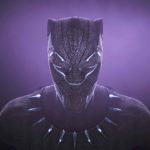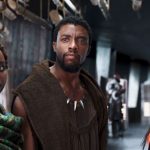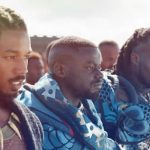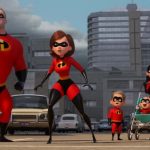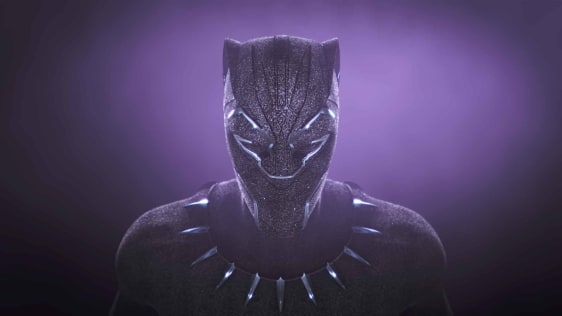How Marvel’s Go-To Team Created The Futuristic Tech Of “Black Panther”
How technology is represented in films has a long, unintentionally comical history in Hollywood. There are lists upon lists of examples that show a complete disregard for common logic in favor of trying to advance the story in a noticeable way. But creative minds at the technology design firm Perception don’t think that way.
For almost a decade, Perception has been Marvel Studio’s go-to team for creating title sequences and the technological interfaces and gadgets seen in films like Iron Man 2, Captain America: Civil War, and Thor: Ragnarok. Perception also serves as an innovation consultant for brands, helping Visa envision transactions of the future in advertisements, collaborating with IBM on its AI platform Watson, or prototyping the home entertainment of tomorrow for Comcast.
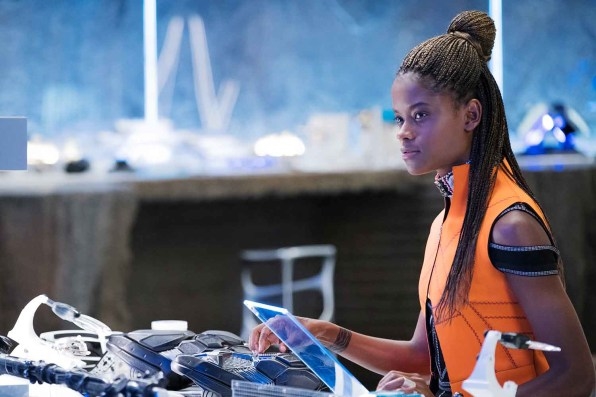
“We talk a lot about the science-fiction feedback loop, where science-fiction inspires science fact–it’s this endless cycle of inspire, create, and repeat,” says Jeremy Lasky, partner and co-founder of Perception. “But one of the things that we talk about a lot with Marvel is, when have you gone too far? What is that sweet spot? It’s just a little bit beyond what we already believe is possible. If you go way beyond that, you lose your entire audience. We have to be innovative but not overly so that is just completely unbelievable.”
The team at Perception is meticulous about grounding what they conceptualize for film in nascent technology that actually exists, which made building Black Panther‘s Wakanda–the most technologically advanced country in the world–particularly challenging.
The process started with a “brain dump” in 2016. Wakanda is rich in vibranium, the coveted natural resource that powers the country and, most importantly, Black Panther’s bullet-proof, kinetic suit. Knowing that the substance largely functions on absorbing sound, Lasky and his team dove headfirst into technology like sonic weapons, echolocation, cymatics, mid-air haptics, and ferrofluid. For all of its projects with Marvel, Perception scours through research from MIT Media Lab, Carnegie Mellon, and the University of Tokyo. The goal was to create a technological landscape that would completely supersede anything from Tony Stark/Iron Man, the Marvel universe’s former reigning tech genius.
“Tony Stark’s got these glowing blue holograms that are around him. If the Wakandans are that much more advanced than him, it shouldn’t just be something that is made of light–it should be physical matter,” says Perception’s chief creative John Lepore. “Particulate vibranium sand actuated by ultrasonic sound waves to morph into different shapes and create physical volumetric sculpture that appears before you–it’s definitely more advanced than just light in air. It’s physical: You can touch it and feel it. And because it’s sort of tied to sand, it feels a little more distinct to that region of the world.”
For example, there’s a scene in Black Panther when T’Challa (Chadwick Boseman) is surveying a convoy of human traffickers before swooping down to attack. His holographic visual of what’s below is comprised of the sandlike vibranium that changes seamlessly to resemble the trucks, road, etc. The same sand-like renderings are in the film’s opening and closing titles, created by Perception.
“We’ve seen glowing blue shit floating in the air for years now, since Star Wars–since ‘Help me Obi-Wan Kenobi!’” Lepore says. “We’re always poking at our film clients, like, ‘C’mon, we can do something different–we can push [the technology] a little further.’” Thanks to its rich history as a comic book, Black Panther presented an “opportunity to run with it as far as we can,” Lepore continues. “Before it came to us, it was already an incredibly unique canvas. It was something that was already ready to go in directions that no one’s ever gone before. And [director] Ryan [Coogler] and everyone at Marvel were so unbelievably supportive of every single idea that we put out there in front of them.”
Even when working with a a fictional story, Perception treats its creations like IRL UX. Authenticity is key to keeping audiences engaged–and why Marvel continues to work with Perception at such a high level.
“Audiences are way more savvy than they’ve ever been. My mom is an elementary school librarian and she could watch a science fiction film and call bullshit on the technology. Even things like someone who uses a computer and it says ‘WARNING: SYSTEM OVERLOAD’–everyone’s past that point,” Lepore says. “You want to give [audiences] something real to hold on to. Even when the connection to the real fundamental concepts isn’t explicitly bullet-pointed out, I think people still feel it.”
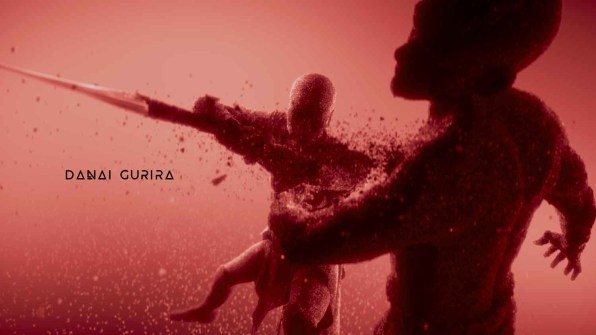
“Everything we do for these films, at its foundation, is about telling the story of that moment, pushing the scene forward, making sure that we’re timing it correctly to the actors, the actions, the dialogue, and making sure that we don’t lose the audience anywhere along the way in that process,” Lasky says. “These interfaces now are taking up the entire screen for some moments–our graphics are literally holding the audience captive. So we have to keep that story moving and if we break that arc, then we’ve kind of screwed up the film. So that’s something that we take very seriously.”
Fast Company , Read Full Story
(22)

